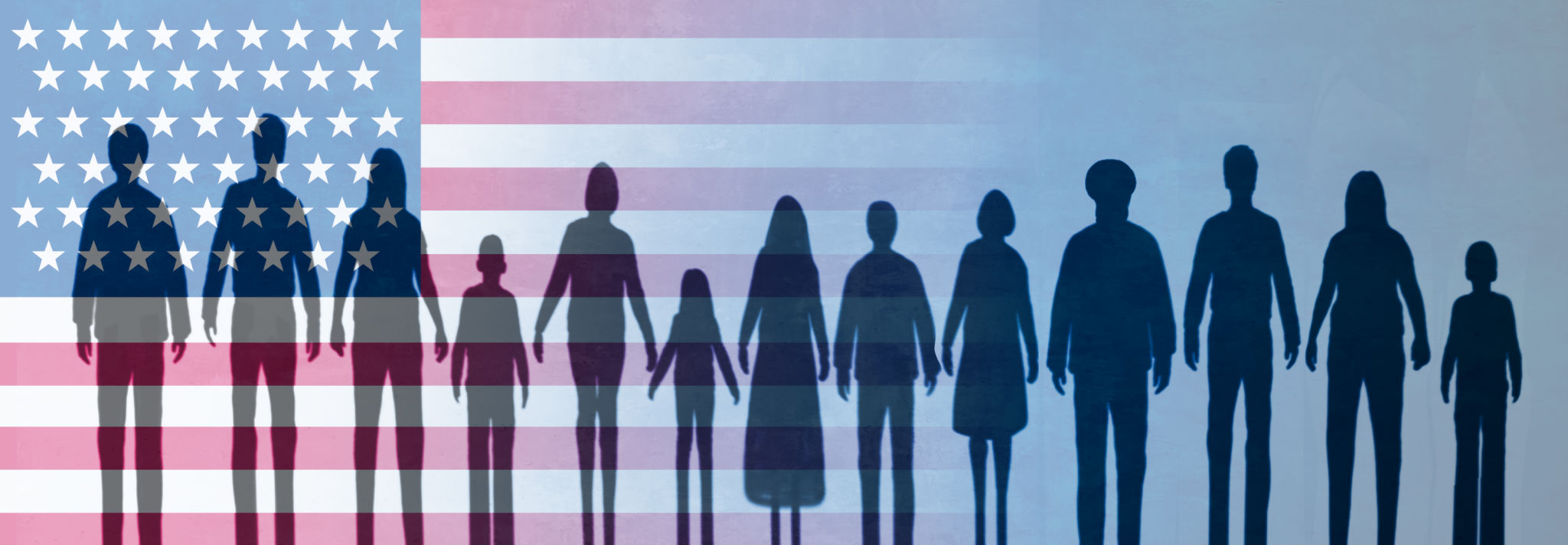How AI is Revolutionizing Cross-Border Trade Compliance
Understanding Cross-Border Trade Compliance
Cross-border trade compliance is a critical aspect of international business, encompassing a complex set of rules and regulations that companies must adhere to when trading across different countries. These regulations are designed to ensure fair trade, protect national security, and prevent illegal activities such as smuggling. However, keeping up with the ever-evolving legal landscape can be daunting for businesses, especially those operating on a global scale.
Traditionally, managing trade compliance has been a manual and time-consuming process, requiring teams to sift through extensive documentation and stay updated with frequent regulatory changes. This is where Artificial Intelligence (AI) steps in, offering innovative solutions to streamline compliance processes and mitigate risks.

The Role of AI in Streamlining Compliance
AI technologies are revolutionizing the way businesses handle cross-border trade compliance. By leveraging machine learning algorithms and natural language processing (NLP), AI can efficiently analyze large volumes of data and identify potential compliance issues in real-time. This capability significantly reduces the burden on compliance teams, allowing them to focus on more strategic tasks.
For instance, AI-driven systems can automatically scan and interpret trade documents, flagging discrepancies or non-compliance with relevant regulations. Moreover, these systems continuously learn from new data inputs, enhancing their accuracy and predictive capabilities over time. This means businesses can proactively address compliance challenges before they escalate into costly penalties or legal issues.
Enhancing Risk Management with AI
Another significant advantage of AI in trade compliance is its ability to improve risk management. By analyzing historical data and patterns, AI can predict potential risks associated with specific transactions or partners. This predictive analysis enables businesses to make informed decisions, reducing the likelihood of engaging in high-risk activities that could result in regulatory breaches.

Furthermore, AI enhances due diligence processes by automating background checks and monitoring changes in regulatory environments. Companies can thus maintain a comprehensive understanding of their trading partners and avoid associations that may jeopardize their compliance status.
AI-Powered Compliance Solutions in Action
Several AI-powered solutions have emerged to aid businesses in managing cross-border trade compliance effectively. These solutions offer features such as:
- Automated Document Verification: Scans and verifies trade documents against regulatory requirements instantly.
- Real-Time Monitoring: Keeps track of regulatory changes globally and alerts businesses to any relevant updates.
- Risk Assessment Tools: Evaluates transaction risks based on historical data and current market conditions.
By integrating these solutions into their operations, companies can ensure a higher level of compliance while optimizing their resource allocation.

The Future of Trade Compliance with AI
The adoption of AI in cross-border trade compliance is just the beginning. As technology continues to evolve, we can expect even more sophisticated systems capable of handling complex regulatory environments with ease. Future advancements may include AI-driven compliance platforms that allow seamless integration with other business systems, enhancing overall operational efficiency.
Ultimately, AI's role in revolutionizing trade compliance not only benefits businesses by reducing the cost and complexity of compliance but also contributes to a more transparent and secure global trading environment. By embracing these technologies, companies position themselves at the forefront of industry innovation, ready to navigate the challenges of international trade with confidence.
